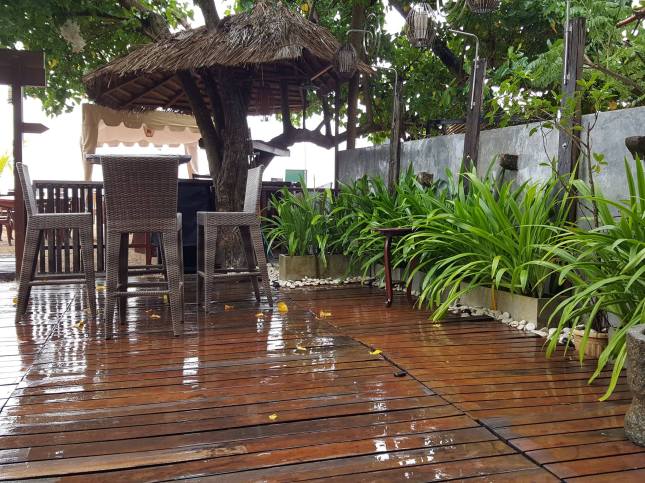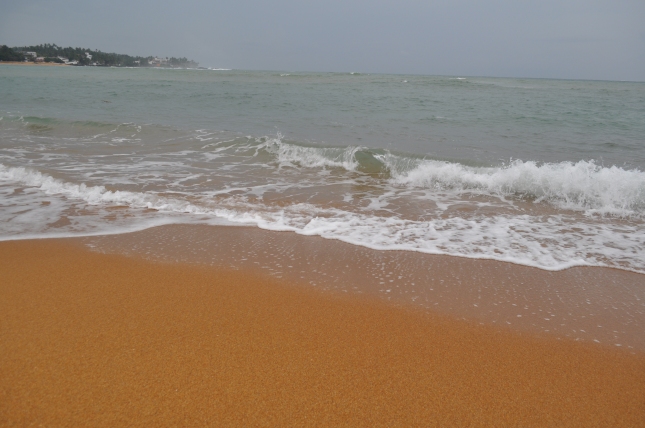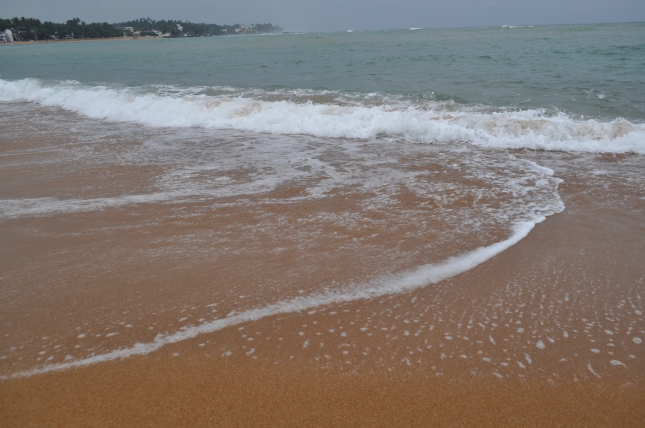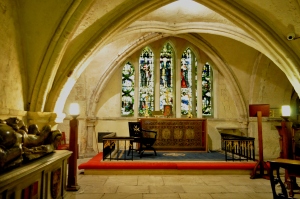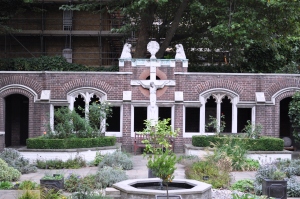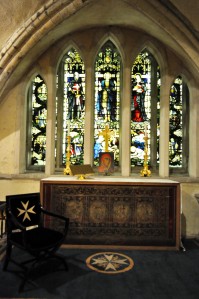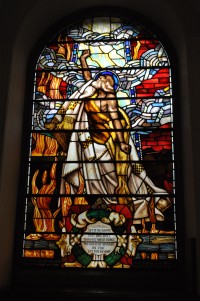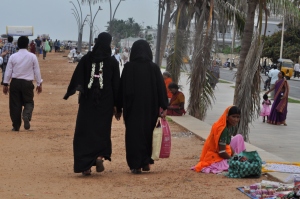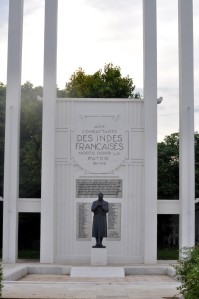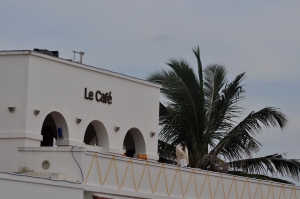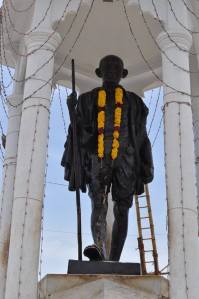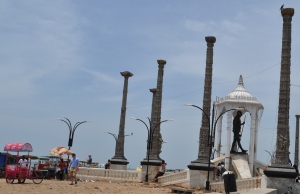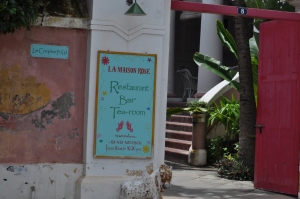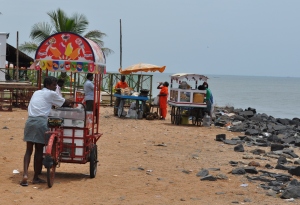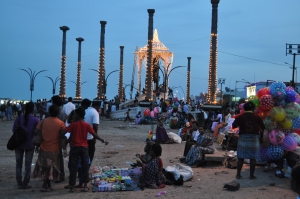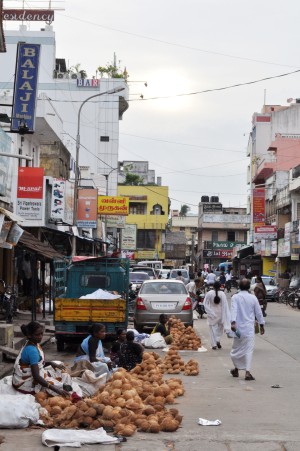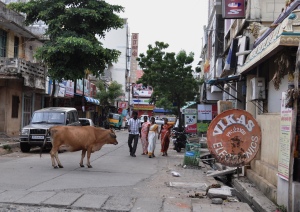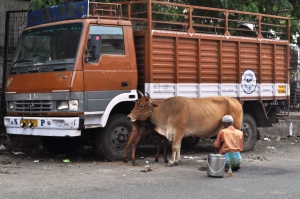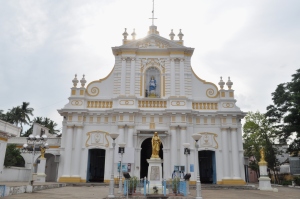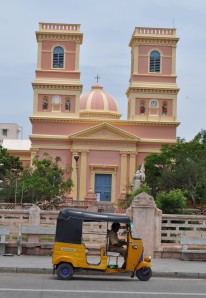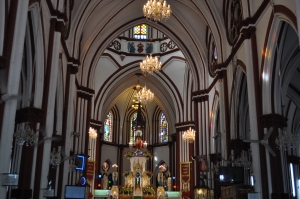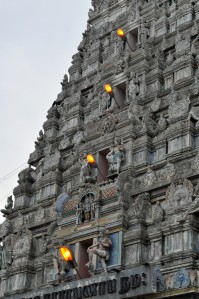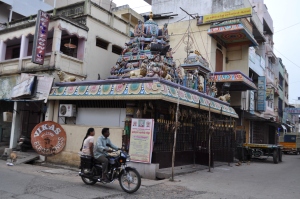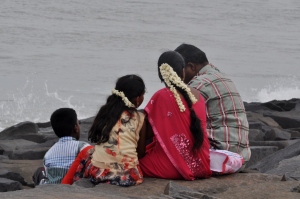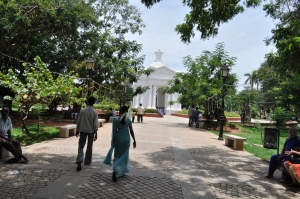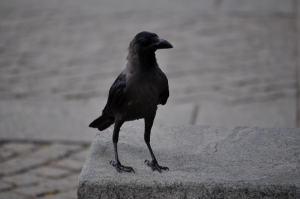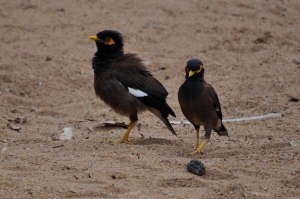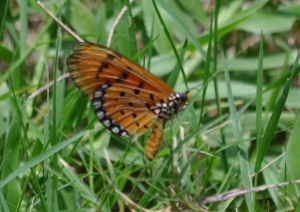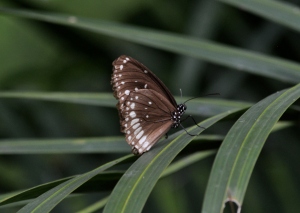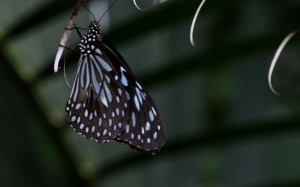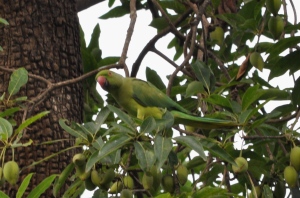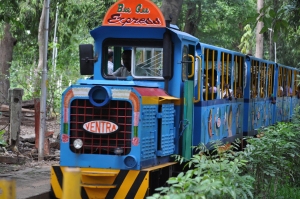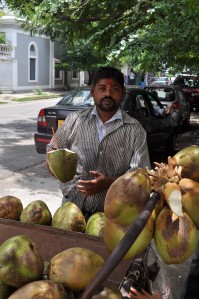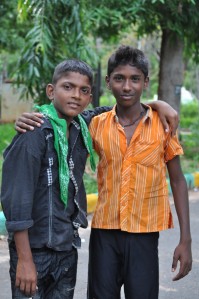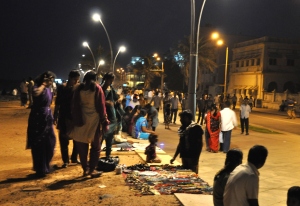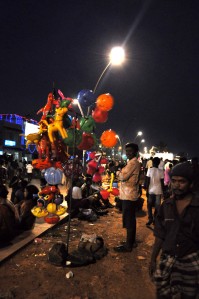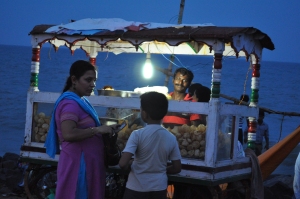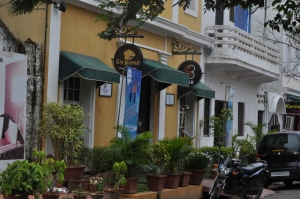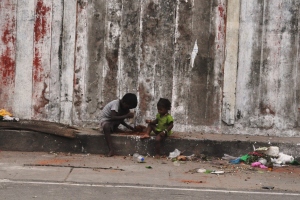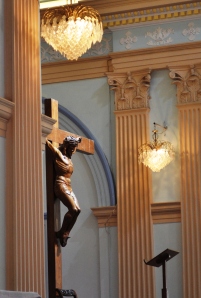I’ve been coming backwards and forward to Kolkata for a long time and have longed to see the Bengal Tigers in the Sunderbans, just three and a half hours from the city. This trip I decided it was time for an adventure so booked a two day, one night stay through Tour de Sunderbans
The booking process was easy, transferring INR 2,000 to their account in advance and then paying the remaining INR 2,000 on arrival (£40 was not bad for an all inclusive weekend adventure). I was picked up at 9am opposite the entrance to Science City in Kolkata.
Top tip – if you didn’t get breakfast go to the other side of the street at the Science City entrance, near the dinosaur: there are stalls where you can get toast, chai and fried egg or an omelette for a bargain price.
I joined my fellow passengers in a tempo traveler for the three and a half hour bounce along the Basanti ‘Highway’ to Godkhali – the end of the road. Supplied with a two litre water bottle and a sandwich breakfast (the latter of which I declined as my mother in law had already made sure I was well fed on departure), we spent the next 106km dodging people, cows, dogs, rickshaws, autos, cars and buses, even a gaggle of geese – it was like being in a live computer game –one mistake on the behalf of the driver and you would lose your last life! If you are a nervous passage then close your eyes and take a nap – it’s not for the fainthearted! There was a tea stop on route and thanks to my guardian angels, I survived the journey. At Godkhali there was just enough time for some coconut water (INR 20) before we boarded the boat for Gosaber in South 24 Paraganas District of West Bengal.
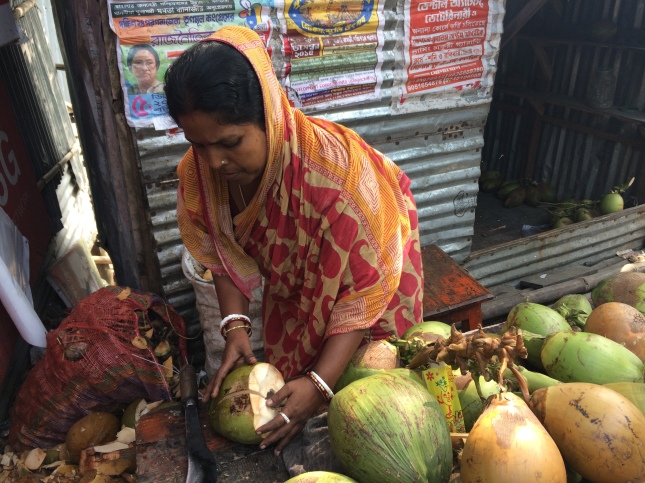
Looking at the overcrowded boat as it came into the jetty with people, luggage and even a motorbike made me think of the refugee boats coming to Europe.
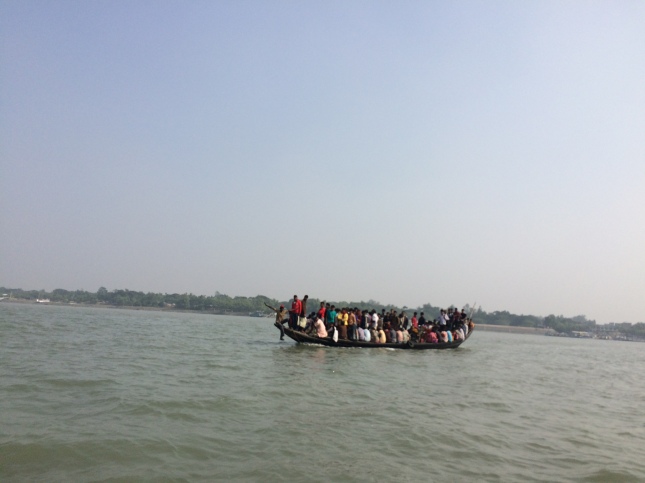
It certainly did not look safe, but then I’ve come to realise that safety is not a priority in India – you do what you have to do to survive. If I wanted to join the Sunderban Safari then I had to board the boat. Since there were no seats you either balanced crouching on the edge of the boat or you chose to stand. I took the former.
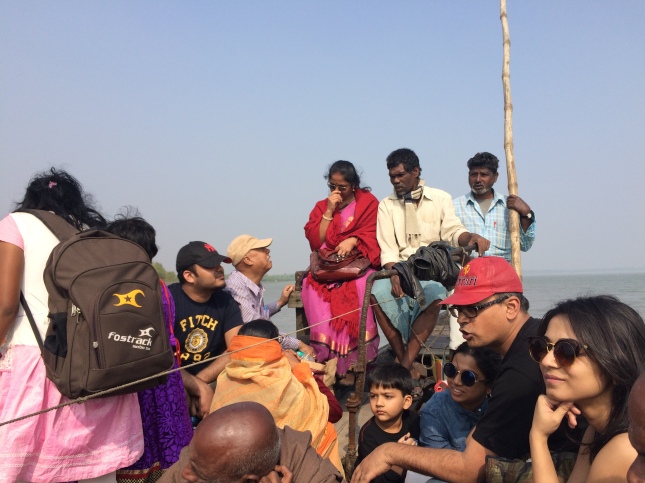
Unfortunately I chose a spot right near the engine; this not only meant having black smoke puffing at me for the 10 minute crossing, but also that I got to see the crew bailing out the water from the leaking boat…… I said it was an adventure but this bit was certainly not an ecotour!!
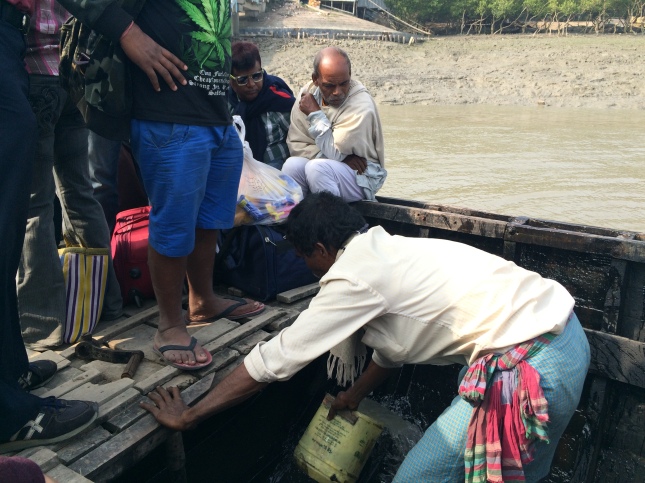
Top tip – don’t sit in the middle of the boat by the engine!
When we arrived in Gosaber we trekked through the hustle and bustle of the market to our next mode of transport across the island.
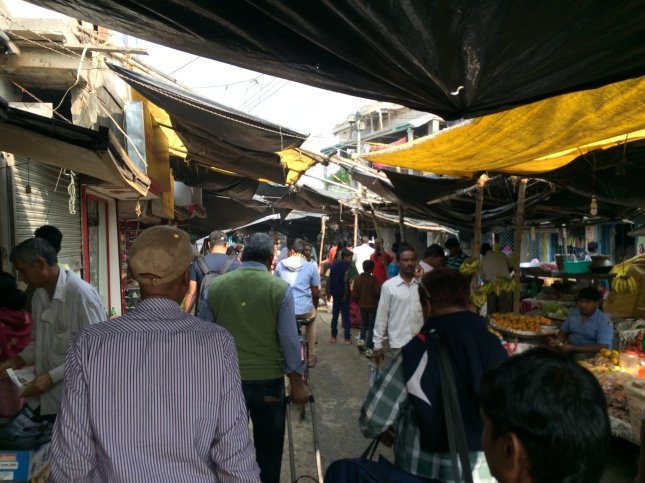
Top tip – travel light, you will need to carry your own bags and your water bottle for a good ten minute walk through the busy market area.
Next it was time for our ‘Harley Davidson’…. A motorbike rickshaw used for transporting goods and people. It bounced us to the jetting on the other side of the island. Bone shaker is an understatement. It’s certainly not advisable for anyone with a back problem. However, it’s how the locals travel so a good way to experience rural Indian life.
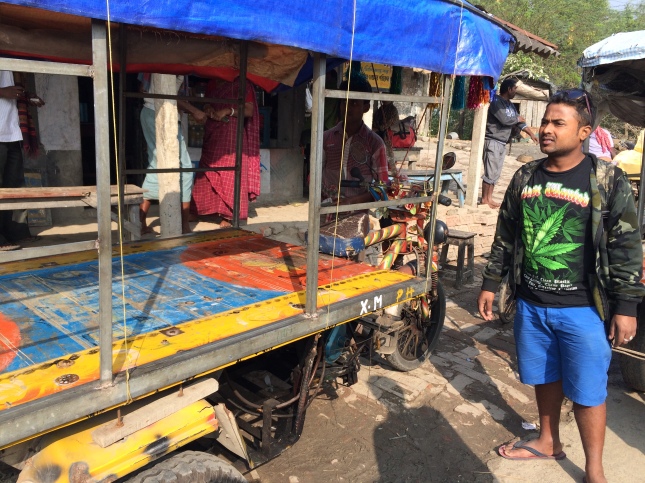
Top tip – sit at the back so you can dangle your legs of the back and get the best view.
After our rattling ride observing village life from the back of the motor-rickshaw we arrived at the boat that was going to take us to the backpackers eco-lodge. Just after 1.30pm we were shown to our mud huts.
If you want a luxury resort, this is not for you. It’s meant to give visitors the opportunity to experience life in an Indian village so it’s a no frills accommodation. The hut is clean and has an ensuite toilet and cold water shower. There is soap, a mirror and a comfortable bed with a mosquito net. Don’t expect freshly painted walls (I reiterate, it’s a mud hut) but it was clean with clean sheets on the bed and a blanket. There was also a fan (although definitely not needed in December I’m sure it would be beneficial in the summer months). There are lights and one electricity socket, although power only came on after dark and we were told to conserve it as the site uses solar power (although thought I heard a generator somewhere).
Top tip – essentials to pack for the trip include your passport, a towel, mosquito repellent (although I did not see many possibly because it was winter season), warm cloths for December and January, and a torch. If you like a sheet between you and your blanket (not common in rural India) then bring your own. In December/January it gets cold at night so warm PJs are advisable.
After a short rest we all came together for lunch, a feast of rice, dal, kerala (bitter gourd), mixed veg, fish, papad and chutney. Excellent traditional home cooked Bengali food. Then at 3pm we took a walk around the village. It was time of the rice harvesting so everyone was busy.
We then walked along the embankment which was built by the locals to protect their land. Unfortunately over the decades man has cut down the mangroves, which had provided natural protection against erosion. So as well as new planting of mangroves man-made barricades are also needed to protect their crops and their homes, especially during the summer cyclones.
As the sun began to set we took a boat across the waters to explore the mangrove forests by water. Lots of bird life, and hundreds of crabs stuck to the trunks of the mangrove trees.
Our guide, Om, picked up a crab unaware of the fear of the guy sitting next to him, who jumped up and jumped off our boat onto the one passing by, the shock causing one passenger at the back to lose his balance and he just managed to right himself in time to prevent falling into the water: a hilarious sight that had us all in hysterics – that would have been great for YouTube!
The man-paddled boat ride was so peaceful; we watched the sunset and the bustle of India washed away. We relaxed in serenity.
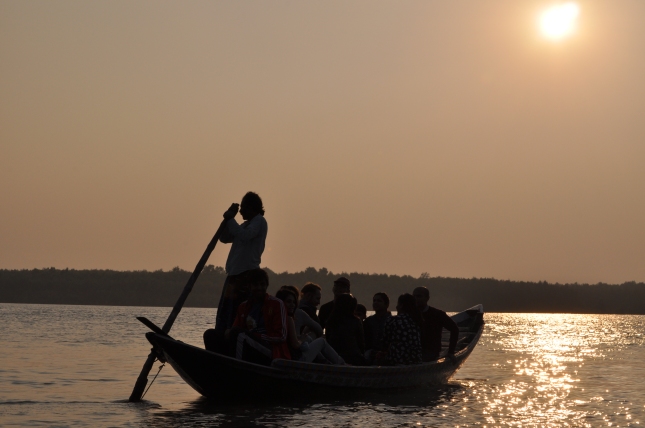
Returning to shore we took jungle ginger tea and rested in our mud huts. At 7pm were joined by a few of the villagers who serenaded us with traditional music for an hour, which was followed by another Bengali feast, but with chicken instead of fish. Then it was early to bed, under the thatch, tucked into the mosquito net ready for our 6am start the following morning. A perfect time to lie in total darkness, pray and reflect.
Top tip: if you want to buy some fresh honey (madhu) picked from the jungle then ask Om in the evening and he’ll make sure they bring some in the morning. It’s INR 350 a kg and will be provided in a plastic water bottle for you to take home. You can’t get fresher or more organic!
Om rapped on the door at 5.45am with the early morning wake-up call. Jungle chai and biscuits was available for those who needed something to get them going, then just after 6.30am we left (with honey and all our belongings) on the boat for the Sunderban reserve. It was a cold and misty morning, but the mist gave an aura of mystery to the place and provided some great photo shots.
At the entrance to the reserve Om, our excellent guide and tour organiser, took our passports and dealt with the necessary documentation and then we proceeded to the beauty of the Sunderban reserve.
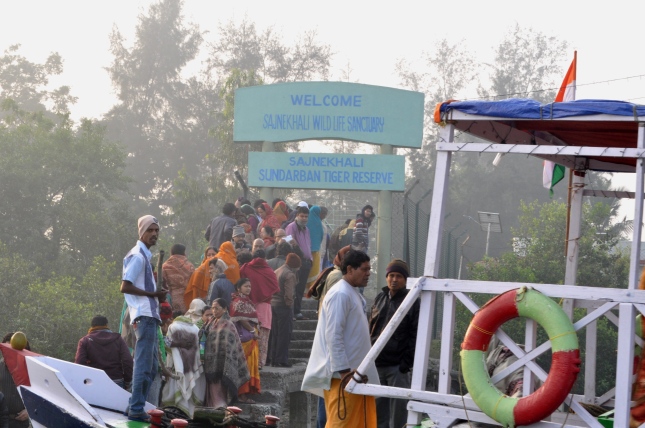
A few facts:
- Sunderban means ‘beautify forest’
- The Sunderbans house the largest single block of tidal halophytic mangrove forest in the world, covering over 10,000 square km of India and Bangladesh, in the delta of the Bay of Bengal
- It’s a UNESCO world heritage site
- It’s the largest reserve for the Bengal Tiger with an estimated 403 man-eating tigers, who kill at least 30 Indians each year plus numerous Bangladeshis (these are official figure – in reality it’s probably more since many people are in the jungle illegally and therefore their deaths go unreported)
From our vantage point on board the boat and at the two watchtowers we saw:
Beautify scenery
White spotted deer
Monkeys
A monitor lizard
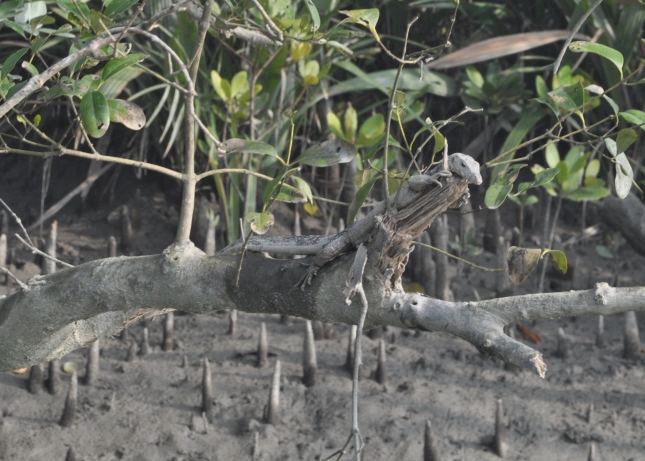
Lots of hungry crocodiles
Red fiddler crabs
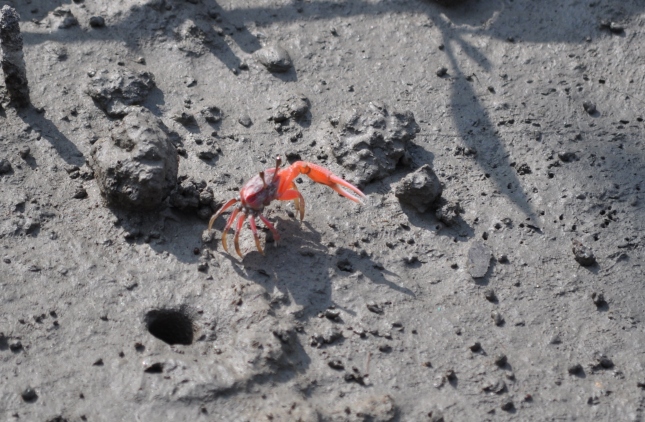
And plenty of birds
Unfortunately the Royal Bengal Tiger was rather elusive and we only got to see his footprints. It would have been amazing to have seen one of these rare creatures with males weighting between 180-280kg and females 115-285kg. Om last saw one about six weeks ago walking along the mudflats on the beach. They have a life expectancy in the wild of about 20 years, an average litter of 3 offspring and prey on white spotted deer, wild boar, rhesus macaque (monkeys) and occasional humans.
It was a really relaxing day on the boat, with puri and veg for breakfast and another Bengali feast for lunch, while looking at the wonderful view and listening to the sounds of the jungle. It’s one of the best places I’ve been to in India for beauty and peace.
In the evening the cruise boat took us back to Godkalhi and then we braved the night journey back to Kolkata. In a rather rickety vehicle with no seat belt or horn I can certainly say this was more scary than jumping out of an aeroplane whilst waiting for your parachute to open. I now know the value of a horn in India – it has the same importance as a brake in the UK! How we survived this rather hair-raising journey I do not know, but it certainly dragged me back into the bustle of life, arriving in Kolkata about 8.30pm. The peace and beauty of the Sunderbans was great while it lasted and a great reminder of the amazing creation we are part of. If you are in Kolkata – take a detour for the weekend, its worth it!























































